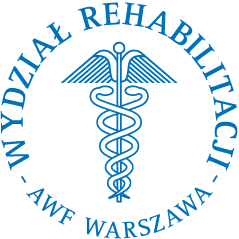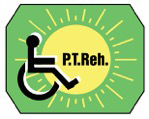


|
Current issue
Archive
Manuscripts accepted
About the journal
Editorial board
Reviewers
Abstracting and indexing
Contact
Instructions for authors
Publication charge
Ethical standards and procedures
Editorial System
Submit your Manuscript
|
4/2024
vol. 38 abstract:
Original article
The effects of functional kinesiotaping on acromio humeral distance, pain, quality of life and disability in overhead athletes with rotator cuff tendinopathy: a randomized control trial
Hajra Qureshi
1
,
Aadil Omer
2
,
Asad Khan
1
,
Umair Rauf
1
,
Uzair Ahmad
3
,
Muhammad Mahad Ur Rehman
1
Advances in Rehabilitation, 2024, 38(4), 25–33
Online publish date: 2024/10/31
View
full text
Get citation
ENW EndNote
BIB JabRef, Mendeley
RIS Papers, Reference Manager, RefWorks, Zotero
AMA
APA
Chicago
Harvard
MLA
Vancouver
Introduction
While various interventions have been designed for managing rotator cuff tendinopathy, very little information exists on Kinesio taping in rehabilitation programs for overhead athletes. This study examines the effects of functional Kinesio taping on acromio humeral distance, pain, quality of life and disability in overhead athletes with rotator cuff tendinopathy. Material and methods A randomized clinical trial was performed with 21 patients. The participants were randomly allocated into two treatment groups via the sealed envelope method. The experimental group received Kinesio taping with a rehabilitation program while the control group received a rehabilitation program only. Both groups received a six-week intervention and were evaluated at baseline and after six weeks by ultrasonography (USG), Western Ontario Rotator Cuff index (WORC), Disabilities of Shoulder, Arm and Hand questionnaire (DASH), and Visual Analogue Scale for pain (VAS). Results No significant intergroup differences were found between the experimental and control groups regarding acromio humeral distance, VAS, DASH scores or WORC index (p ≥ 0.05). Within-group analysis found significant improvements in all variables (VAS, AHD, DASH scores, WORC scores) between baseline and week 6 for both groups (p < 0.05). Conclusions Both groups of overhead athletes with rotator cuff tendinopathy demonstrated improved acromiohumeral distance measured with 0° arm elevation based on ultrasound examination and pain, functional disability, and quality of life assessment after six-week intervention. However, the Kinesio taping did not provide any additional benefits over a rehabilitation program alone. keywords:
athletic injuries, functional disability, overhead sports, rotator cuff injury, shoulder pain |
    |